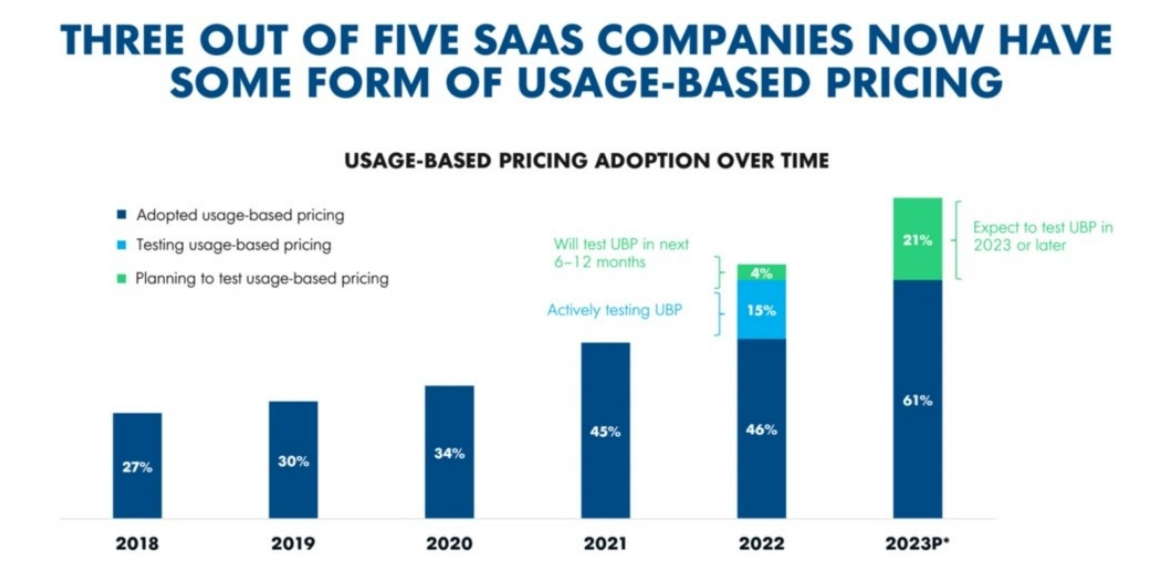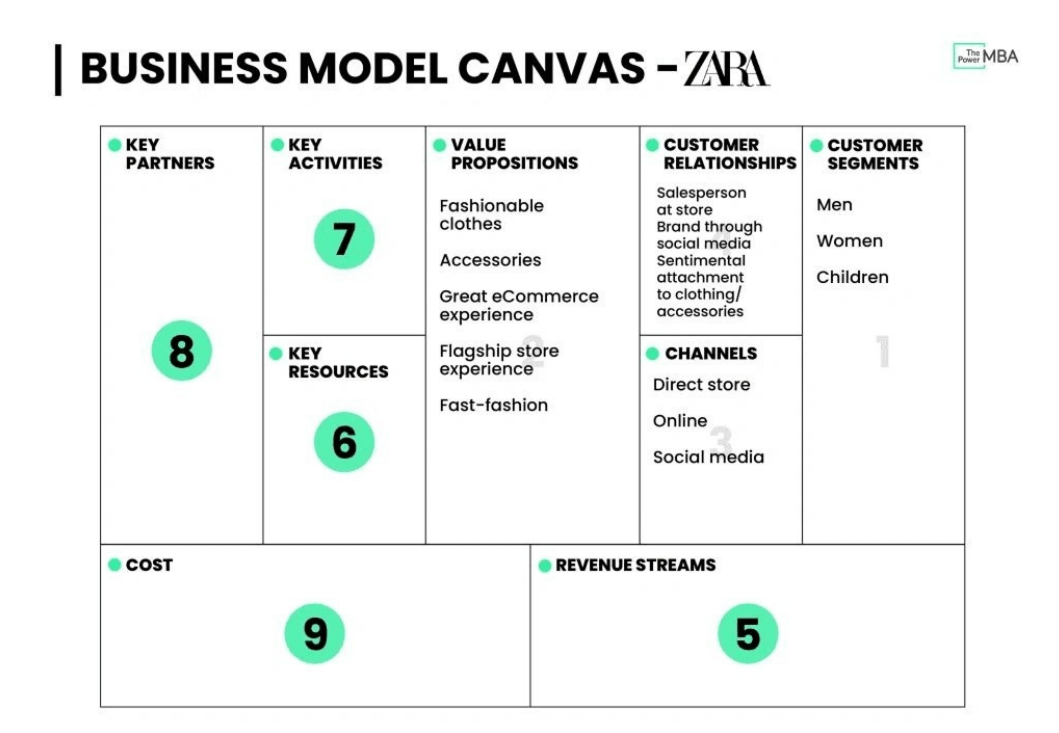Generative AI pricing models stand at a critical crossroads because traditional approaches can’t capture their true value. Companies still thinking about cost-plus pricing for AI miss the forest for the trees. A model’s running cost tells nothing about its delivered value. This disconnect just needs trailblazing solutions as businesses blend AI into their operations.
AI applications have become essential to business operations, and consumption-based pricing falls short in showing the true value delivered. GenAI isn’t another feature – it represents a transformation that just needs innovative pricing models to capture its unique value. Value-based pricing has gained traction in the AI world because it arranges prices with customer’s achieved outcomes. The current pricing approaches don’t measure up for this new class of applications.
Pricing strategies must adapt to this new reality. Companies have started embracing generative AI – 15% already use it and 30% plan to implement it within the next 12 months. The pressure to develop suitable pricing models grows steadily. This piece explores why traditional value-based pricing falls short for generative AI and learns about emerging hybrid models. It presents forward-thinking strategies to create enterprise generative AI pricing models that will stimulate profit growth through 2025 and beyond.
Why Traditional Value-Based Pricing Falls Short for Generative AI
Traditional pricing strategies can’t keep up with generative AI’s evolving capabilities. Value-based pricing looks perfect for AI applications on paper. However, basic conflicts exist between usual approaches and how generative technology changes.
Static Value Models vs. Dynamic AI Outputs
The biggest problem comes from how generative AI is different from other technologies. Static AI systems work with fixed algorithms and rules. They follow set paths and don’t evolve. Dynamic AI systems learn and adapt continuously. They get better at what they do through environmental interactions.
The usual value-based pricing models depend on fixed value assumptions. These models can’t handle how generative AI capabilities evolve faster. They also miss the way modern AI applications can be put together in different ways that change over time. ChatGPT and other GenAI applications are growing so fast that we can’t set upper limits on their potential value right now.
Lack of Real-Time Adaptability in Pricing
The old pricing methods don’t work well because they take too long to put in place. Companies using manual processes can’t change prices quickly enough to make the most of opportunities. These static approaches also have trouble keeping up with market changes.
AI-driven dynamic pricing shows a better way through immediate responses. Old pricing systems wait for regular reviews and manual updates, which waste time and resources. AI-powered pricing systems watch market conditions and change prices right away. This quick response helps companies grab new opportunities and reduce risks more effectively.
Challenges in Measuring AI-Driven Outcomes
Measuring results creates the hardest barrier to value-based pricing for generative AI. 30% of chief data and analytics officers say they can’t measure how data, analytics, and AI affect business results. Companies are spending more on AI driven decisions, but only 22% of them have clear ways to track and share business impact metrics for most data and analytics use cases.
This gap in measurement makes traditional value-based pricing hard to use because it needs clear, measured results. Companies find it hard to show why AI investments make sense or how to get better results without reliable ways to show AI’s value.
These basic limitations mean we need new pricing approaches that line up with generative AI’s special features and growing capabilities.
Hybrid Pricing Models: Bridging Usage and Value

Image Source: OpenView Venture Partners
Companies now welcome hybrid pricing models that combine multiple approaches to measure both usage and value. These models solve the shortcomings of using only consumption-based or value-based pricing. The combination creates flexible frameworks that suit AI’s ever-changing nature.
Base Subscription + Token-Based Usage
Most hybrid models feature a basic subscription that guarantees steady revenue plus usage-based components that grow with consumption. GPT-4.1 from OpenAI shows this approach perfectly with its base rate and token fees—$2.00 per million input tokens and $8.00 per million output tokens. Customers can predict their costs while paying for what they actually use.
The blended pricing lets vendors keep steady revenue through subscriptions. Users who get more value naturally use the platform more, which brings additional revenue without changing the original contract.
Outcome-Based Add-ons for Enterprise AI
Vendors have taken hybrid models a step further by adding performance-based elements that link pricing to measurable results. Customers pay extra when the AI hits specific, measurable targets. The software provider earns more money only after delivering clear value, which creates better alignment between vendor and customer goals.
Vendors of AI tools that focus on metrics like sales conversions or customer satisfaction might take a percentage of improvements or give bonuses for successful outcomes. Customers trust this model because they pay only after seeing actual results.
Examples: Microsoft Copilot and Salesforce Einstein
Microsoft’s Copilot shows an advanced hybrid approach. It costs $30.00 per user per month on top of existing Microsoft 365 subscriptions. Users get basic access with their subscription, and the Copilot add-on gives them advanced AI features.
Salesforce Einstein also uses a hybrid model for its AI products. Sales GPT and Service GPT cost $50.00 per user monthly as add-ons to their respective clouds. Enterprise customers who need more usage can buy additional expansion packs.
These ground applications show how major platforms have moved beyond traditional pricing. They’ve created models that better match AI’s unique features and how it delivers value.
Generative Pricing: A Concept Blend for 2025
Generative pricing will revolutionize how companies charge for AI applications by 2025. This new approach adapts as AI applications are configured and used. Unlike static or hybrid models, prices change in live response to create a framework that matches the fluid nature of AI interactions.
Dynamic Configuration-Based Pricing Adjustments
Prices respond instantly to configuration changes within AI applications. You only pay for what you need when features are added or removed. This creates a direct connection between value and cost. The system adjusts prices in live response to configuration changes and eliminates waste found in traditional fixed models.
Model-Driven Value Optimization in Real Time
AI-powered pricing systems learn from multiple live data sources. They analyze structured data like costs and sales along with unstructured information from customer feedback and social media to set optimal prices. This makes possible:
- Automated, evidence-based pricing strategies across products and brands
- Better customer segmentation with advanced pricing insights
- Live precision to differentiate and respond faster
These capabilities help prices show the actual value customers receive through cost savings, improved efficiency, or revenue growth.
Customer-Centric Flexibility and Transparency
Clear communication becomes crucial as pricing grows more dynamic. Customers need to understand the reasons behind price changes. Research shows businesses should explain their pricing approaches clearly to alleviate negative perceptions. This builds trust and helps customers make informed decisions about AI configurations while maintaining loyalty despite price fluctuations.
Composable AI and Pricing Personalization
Composable applications let companies build AI systems for specific customer needs. This model works well in generative AI environments where components adapt to exact requirements. AI-enabled personalization helps businesses create individual pricing strategies for different customer groups.
Generative pricing marks a fundamental move from traditional approaches. It lines up price with configuration, value, and outcomes in live response. This creates fair exchange between AI providers and customers where costs match the unique value each customer gets from personalized AI solutions.
Designing Enterprise Generative AI Pricing Models for 2025

Image Source: ThePowerMBA
A systematic approach beyond theory helps companies implement enterprise generative AI pricing successfully. Companies need strategic planning, continuous adaptation, and industry-specific customization to maximize customer value and provider profits.
Mapping Features to Value Drivers
Companies must link AI capabilities to business outcomes clearly. Organizations that use AI-powered pricing have increased gross profit by 5% to 10% and improved revenue and customer value perception. Your strategic pricing choices should translate into optimal prices for each AI feature based on specific commercial and customer objectives. Make use of information to optimize individual price decisions based on the value each feature delivers instead of focusing on average prices across your AI product portfolio.
Building Real-Time Value Models
Immediate value modeling has become crucial in AI pricing strategy. A fully integrated and automated data platform combines strategic assets like customer loyalty data, competitor prices, and promotional plans. This creates near immediate updates from a single source of truth. Advanced AI pricing systems analyze structured data (costs, sales) and unstructured inputs (customer feedback, social media) to determine optimal price points precisely. This dynamic approach helps businesses respond quickly to market changes like competitor price changes or demand fluctuations.
Aligning Pricing with Customer-Specific Outcomes
Outcome-based pricing elements have become popular despite challenges. About 22% of enterprise AI agreements now use this approach. Base fees typically cover 60-70% of total costs while the rest links to specific performance indicators. A retail banking organization used an AI-powered customer service solution with 65% fixed pricing and 35% tied to measurable improvements. This reduced upfront investment by 28%. Clear success metrics and governance protocols should be established before implementation to address outcome measurement concerns.
Vertical-Specific Pricing Strategies
Industry-specific pricing strategies can lead to better results. AI-powered geoanalytics helps retail determine consumer willingness to pay locally. Financial services, which leads serverless AI product adoption with 131% growth over six months, uses immediate prediction to enhance market analysis. Healthcare organizations match this growth rate. This shows that industry-specific pricing models work better than generic approaches. Your AI pricing strategy should reflect whether you support mission-critical tasks needing premium pricing or simple internal functions where cost matters most.
Conclusion
Generative AI continues to alter the map of business through 2025. Traditional pricing models can’t match its ever changing nature. Static value models and growing AI capabilities don’t match up, which makes us rethink how these game-changing technologies should be priced. A change toward hybrid approaches that mix subscriptions with usage based elements is the first step to line up costs with actual value delivery.
The future belongs to generative pricing models that adapt live to configuration changes. These models use evidence based optimization and build customer trust through transparency. Such adaptive frameworks ensure customers pay only for the value they get while providers receive fair payment for their state-of-the-art solutions. On top of that, composable AI applications’ personalization features create new pricing possibilities where costs directly reflect customer outcomes.
Your company should start mapping AI features to specific value drivers now. Building live value models and developing outcome-based pricing components for your industry is crucial. Companies that put these strategies to work can boost profits by 5-10% and improve customer perception at the same time. Subscribe to learn about how to get your pulse on profits and remain competitive amid these crucial pricing trends.
Successful businesses in 2025 will understand that pricing generative AI goes beyond technical challenges. It presents a chance to better match costs with outcomes, encourage stronger customer relationships, and support steady profit growth. Without doubt, organizations that master these new pricing approaches will become leaders in the AI revolution. Their pricing strategy will turn into a powerful edge over competitors.











